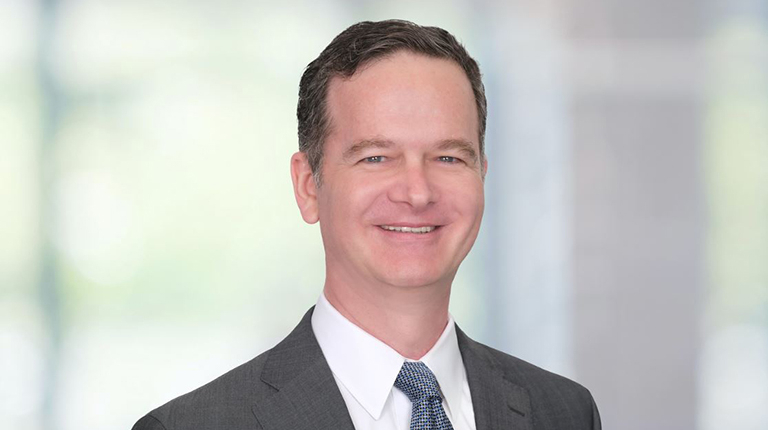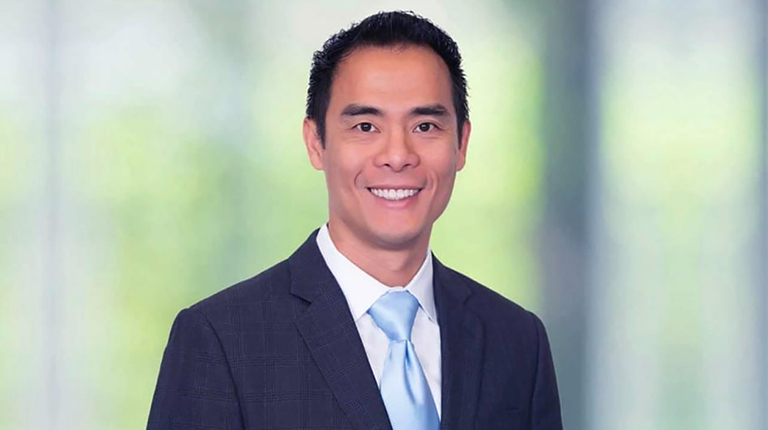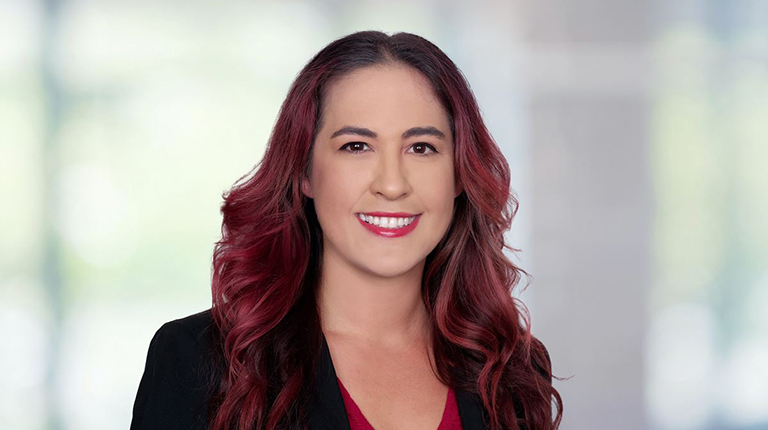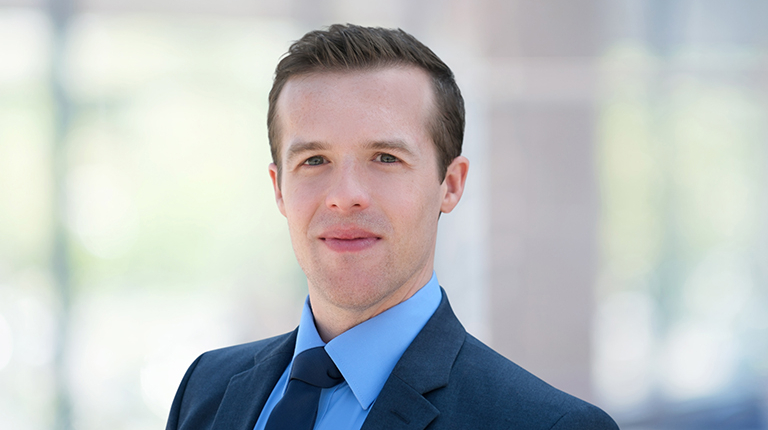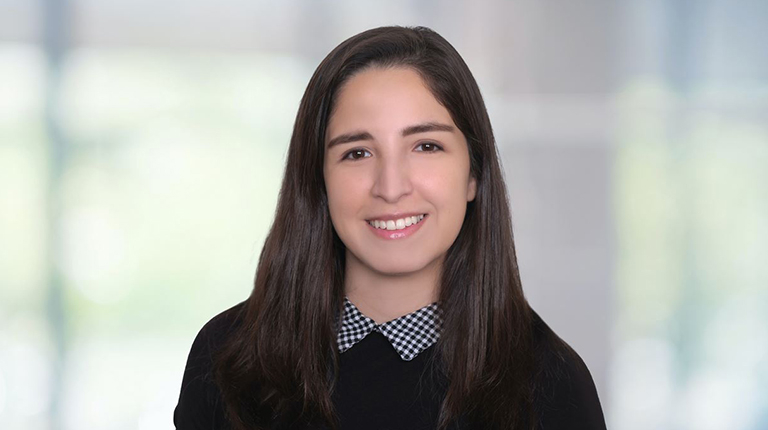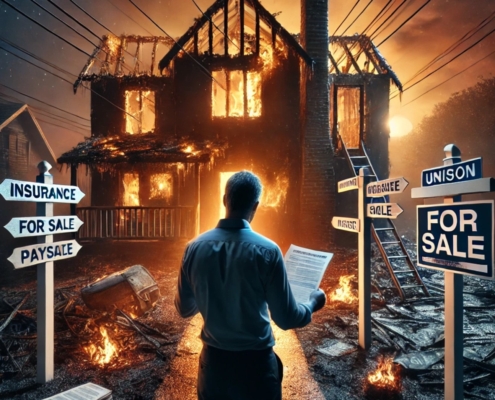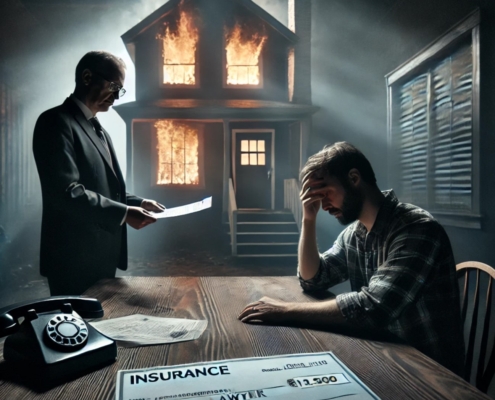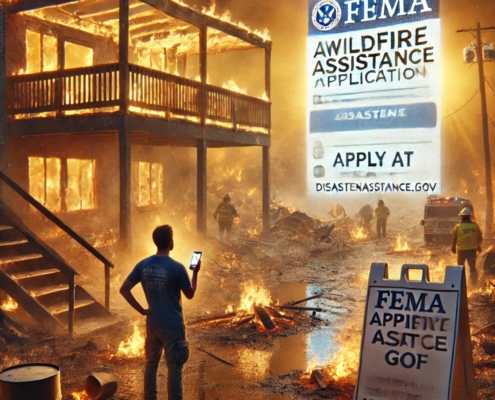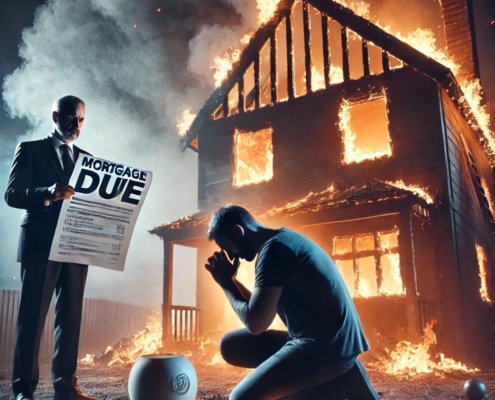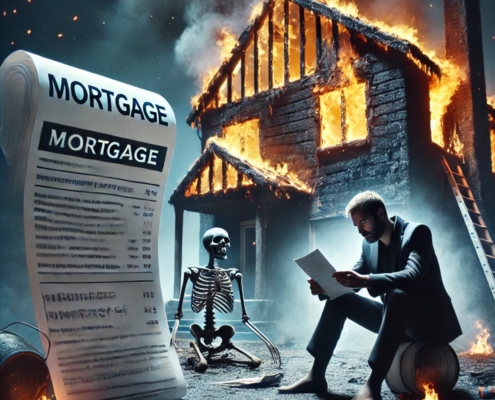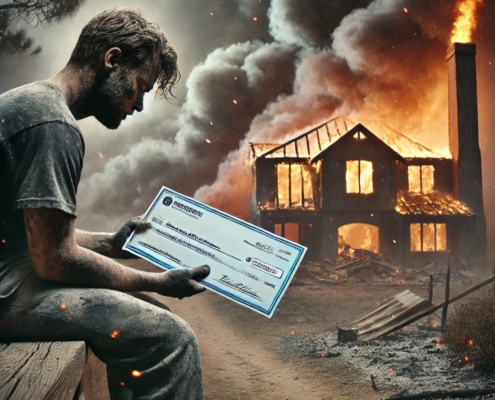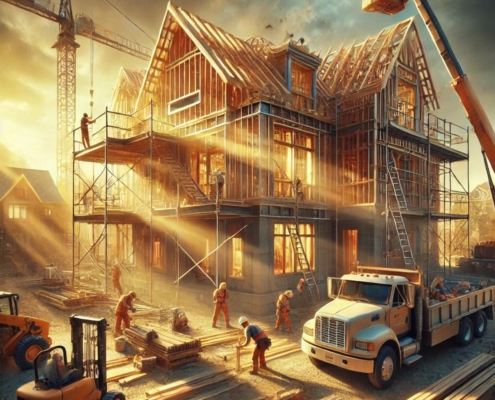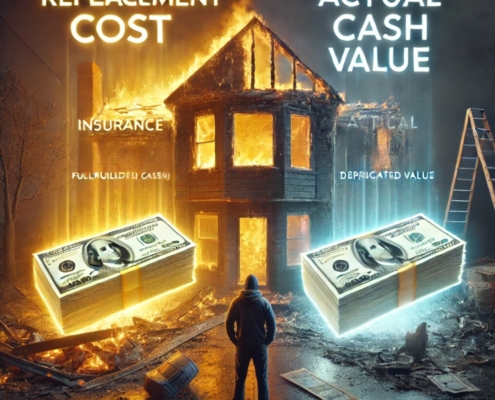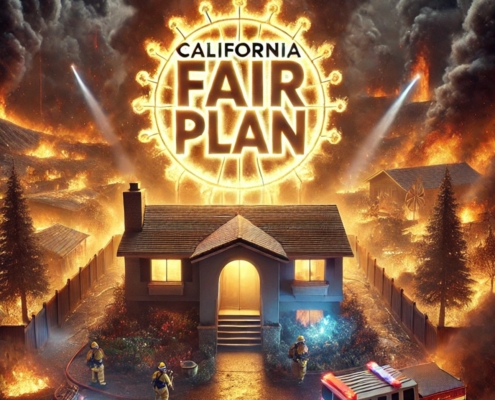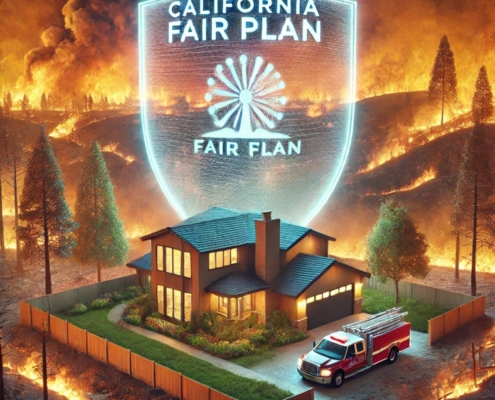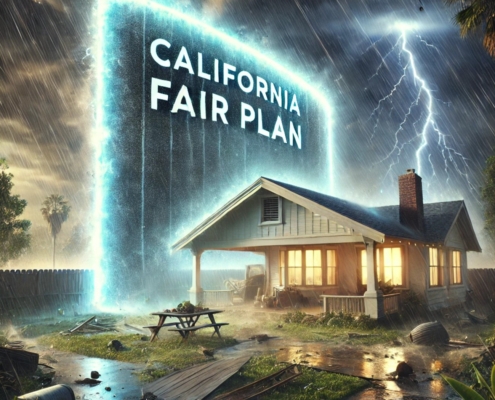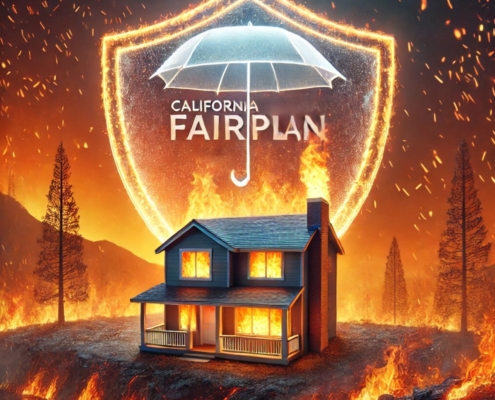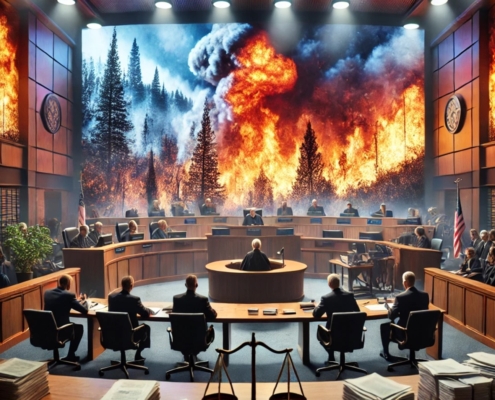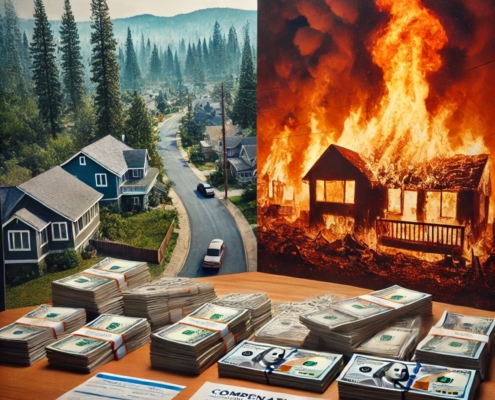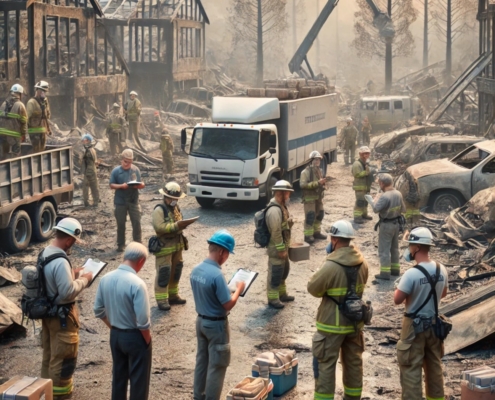Southern California’s Catastrophic Wildfires: The Role of the California FAIR Plan
The California Fair Access to Insurance Requirements (FAIR) Plan is a state-mandated insurance pool designed to provide basic property insurance to homeowners and businesses who cannot secure coverage through traditional insurance markets. This program is critical in high-risk areas, particularly regions prone to wildfires, as it ensures access to essential coverage for fire and other specified perils. In January 2025, Southern California experienced a series of catastrophic wildfires, including the Palisades Fire, the Eaton Fire, the Altadena Fire, the Malibu Fire, the Topanga Fire, and the Hurst Fire, which highlighted the importance and challenges of the FAIR Plan.
For those seeking legal support in navigating claims related to these fires, our fire insurance attorney and our wildfire insurance attorney services are available to provide critical assistance. Homeowners impacted by the Palisades Fire or Eaton Fire, for instance, may benefit from consultations with our California wildfire lawyer or our Los Angeles wildfire lawyer. Similarly, those in Ventura County dealing with the aftermath of the Hurst Fire can connect with our SoCal fire attorney for specialized support.
What Perils Does the FAIR Plan Cover?
The California FAIR Plan Dwelling Fire Policy is a named peril policy. This means the FAIR Plan provides coverage only for damages caused by specific perils explicitly listed in the policy. These perils include fire, lightning, internal explosions, and smoke damage. Optional endorsements can be added for other risks, such as vandalism or malicious mischief, but the primary focus of the FAIR Plan remains on fire-related damage—a necessity in California’s fire-prone environment.
In the context of wildfires, the FAIR Plan provides essential coverage for structural damage caused directly by fire. It also includes coverage for smoke damage, which can significantly impact homes even when flames do not directly reach the property. Additional optional coverages may include debris removal and coverage for outbuildings, such as garages or sheds, that are also impacted by wildfire events. Policyholders can also explore endorsements for increased limits to help address the costs of rebuilding in areas where construction expenses are high due to wildfire recovery efforts.
For homeowners affected by wildfires like the Palisades Fire or Eaton Fire, the FAIR Plan often serves as a last resort, offering critical financial support when private insurers decline coverage due to the heightened risk. However, it’s essential to review policy limits and exclusions to ensure adequate protection.
The January 2025 Wildfires: A Case Study
In January 2025, a combination of severe drought conditions, low humidity, and strong Santa Ana winds created the perfect storm for wildfires in Southern California. Six major wildfires—the Palisades Fire, Eaton Fire, Altadena Fire, Malibu Fire, Topanga Fire, and Hurst Fire—wreaked havoc on communities, destroying thousands of homes and forcing widespread evacuations.
The Palisades Fire ignited on January 7, 2025, in the Pacific Palisades area of Los Angeles. Fanned by powerful Santa Ana winds with gusts reaching 100 miles per hour, the fire rapidly consumed nearly 24,000 acres. Affluent neighborhoods and hillside communities bore the brunt of the destruction, with hundreds of homes reduced to ashes. Evacuations were mandatory for over 50,000 residents, and the fire caused significant disruption to daily life in Southern California. Homeowners impacted by this fire may benefit from reaching out to our LA fire attorney or our fire damage insurance claim attorney for guidance.
Simultaneously, the Eaton Fire erupted near Altadena, burning over 14,000 acres. This fire, too, was exacerbated by dry vegetation and strong winds. While the community of Altadena has a mix of urban and wildland areas, its proximity to the San Gabriel Mountains made it particularly vulnerable. Hundreds of structures were destroyed, and firefighters faced significant challenges due to the rugged terrain. Homeowners seeking assistance in this area can contact our Eaton fire attorney or our Altadena fire lawyer for support with claims and legal questions.
In Malibu, the Malibu Fire swept through coastal and inland areas, destroying homes and iconic landmarks. The fire’s path included high-value properties, further straining the FAIR Plan’s resources. Similarly, the Topanga Fire burned through Topanga Canyon, impacting a community already accustomed to wildfire risks. Finally, the Hurst Fire, which erupted near Ventura County, consumed thousands of acres and displaced entire neighborhoods. For those affected, our SoCal fire lawyer and our fire insurance claim attorney are prepared to assist with navigating insurance claims and seeking compensation.
The Role of the FAIR Plan in Affected Communities
In the Pacific Palisades region, the FAIR Plan’s exposure is substantial. With homes in this area averaging high market values, the potential insured losses are significant. The FAIR Plan provides critical financial protection for homeowners who might otherwise be unable to insure their properties due to wildfire risks. In 2025, estimates indicated that the FAIR Plan covered approximately $6 billion in potential losses in the Pacific Palisades area alone.
Similarly, in Altadena and surrounding regions impacted by the Eaton Fire, the FAIR Plan played a vital role. Many homeowners in this area rely on the FAIR Plan due to limited options in the private insurance market. The program’s ability to provide coverage for fire damage ensured that affected residents could begin the process of rebuilding their homes and lives (source). For legal support, our Altadena fire lawyer and our California wildfire lawyer are available to guide homeowners through complex claims processes.
Communities impacted by the Malibu Fire and Topanga Fire also highlighted the FAIR Plan’s role in providing coverage for high-value and high-risk properties. The program’s limits, however, were tested as claims poured in from residents who lost homes and personal belongings. In Ventura County, the Hurst Fire demonstrated the growing need for comprehensive wildfire coverage across diverse communities. Legal support from our SoCal fire attorney or our fire damage insurance claim lawyer can be invaluable for homeowners navigating the claims process.
Financial Strain on the FAIR Plan
The January 2025 wildfires placed significant financial pressure on the FAIR Plan. As of early January, the plan had $377 million in reserves to pay claims, supplemented by $5.75 billion in reinsurance coverage. However, the potential losses from the Palisades and Eaton Fires—combined with the Altadena, Malibu, Topanga, and Hurst Fires—raised concerns about whether these resources would be sufficient. For residents overwhelmed by financial losses, contacting our fire insurance attorney or our LA fire lawyer can provide clarity and solutions.
The estimated insured losses from the Palisades Fire alone exceeded $3 billion, while the Eaton Fire’s damages added another $1.8 billion. The Malibu Fire’s losses were similarly catastrophic, with high-value coastal properties increasing the overall financial burden. Topanga and Hurst Fires, while smaller in scale, collectively added millions to the claims total. These figures do not account for additional administrative costs or the potential for litigation over claims disputes. To address any shortfalls, the FAIR Plan may impose surcharges on all California homeowners’ insurance policies, a practice allowed under state law to ensure the plan remains solvent. For those seeking further advice, our California fire lawyer or our wildfire insurance attorney can help interpret policy details and provide representation.
Challenges Faced by Policyholders
While the FAIR Plan provides essential coverage, it is not without limitations. Policyholders affected by the January 2025 wildfires faced challenges, including:
- Underinsurance: The FAIR Plan offers limited coverage amounts, which may not fully reflect the replacement cost of high-value homes in areas like Pacific Palisades. Many homeowners discovered that their policy limits were insufficient to rebuild their properties. In such cases, seeking assistance from our fire insurance claim attorney can help maximize coverage.
- Basic Coverage: As a named peril policy, the FAIR Plan does not cover all potential risks. Homeowners seeking broader protection for perils like theft, water damage, or liability must purchase additional policies, leading to higher overall insurance costs. Our wildfire insurance lawyer can provide guidance on supplemental coverage options.
- Claim Delays: The volume of claims resulting from the January wildfires overwhelmed the FAIR Plan’s administrative capacity, leading to delays in claim processing and payouts. This left many homeowners struggling to fund temporary housing and other immediate needs. Consulting with our fire insurance claim lawyer can expedite resolutions and ensure timely payments.
- Premium Increases: The financial strain on the FAIR Plan may result in higher premiums or surcharges for policyholders statewide. This creates additional financial burdens for residents in a state already grappling with high living costs. Our SoCal fire lawyer is equipped to address premium concerns and advocate for policyholders.
Implications for the Future
The January 2025 wildfires underscored the growing challenges of insuring properties in high-risk areas. Climate change has increased the frequency and intensity of wildfires in California, putting additional pressure on insurance markets and programs like the FAIR Plan. Policymakers and stakeholders must consider several key issues moving forward:
- Adequate Funding: Ensuring the FAIR Plan has sufficient reserves and reinsurance coverage to handle catastrophic losses is critical. This may require adjustments to funding mechanisms or increased state support. Our California fire attorney can provide input on legal reforms and funding proposals.
- Risk Mitigation: Encouraging homeowners to adopt fire-resistant building practices and maintain defensible space around their properties can reduce overall risk and potentially lower insurance costs. Our wildfire insurance lawyer supports community outreach and education on these measures.
- Market Stability: Finding ways to incentivize private insurers to remain in the California market is essential to reduce reliance on the FAIR Plan. This could involve reforms to state regulations or the creation of public-private partnerships.
- Consumer Education: Educating homeowners about their coverage options and the limitations of the FAIR Plan can help them make informed decisions and better prepare for potential losses.
Conclusion
The California FAIR Plan plays a vital role in providing insurance coverage to homeowners in high-risk wildfire areas, as demonstrated during the January 2025 wildfires. The Palisades Fire, Eaton Fire, Altadena Fire, Malibu Fire, Topanga Fire, and Hurst Fire highlighted the plan’s importance but also revealed its limitations and vulnerabilities. Addressing these challenges will require coordinated efforts from state officials, insurers, and residents to ensure that all Californians have access to reliable and affordable insurance coverage in the face of increasing wildfire risks. Legal representation, such as our California fire lawyer or our LA fire attorney, will remain essential for homeowners navigating these challenges.

